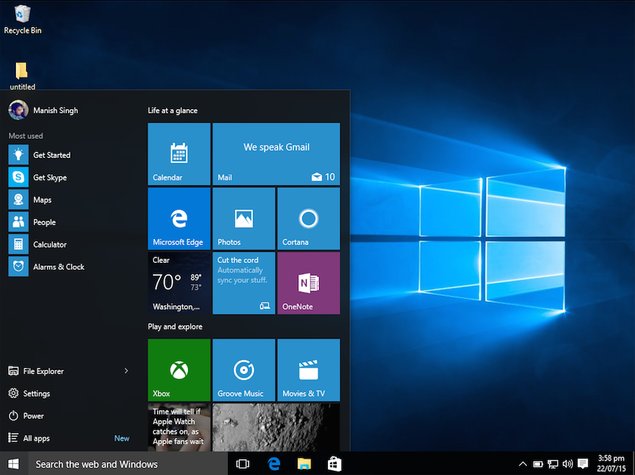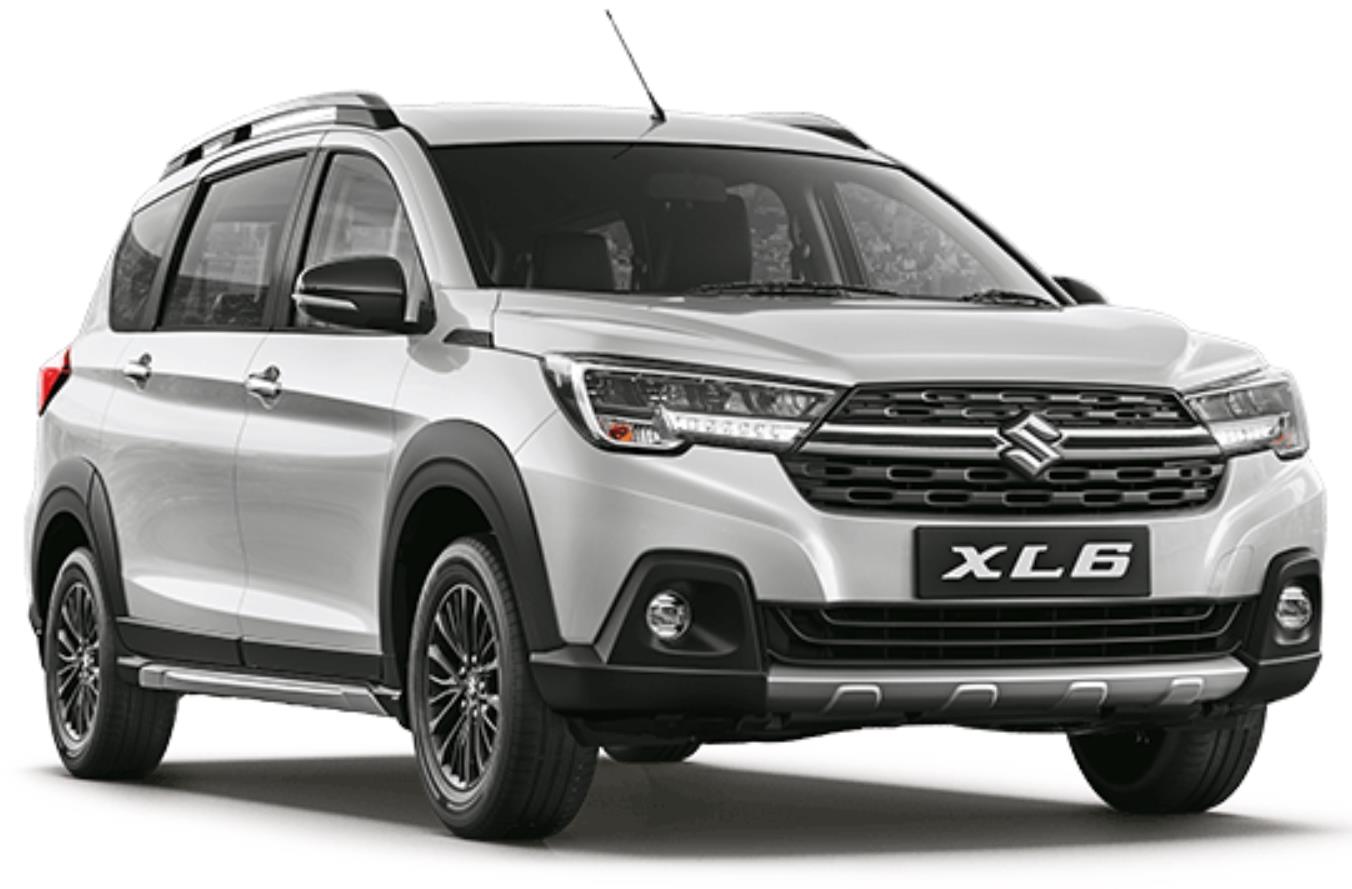Table of Content
The Enterprise and Ultimate editions of Windows 7 incorporate support for the Virtual Hard Disk file format. VHD files can be mounted as drives, created, and booted from, in the same way as WIM files. Furthermore, an installed version of Windows 7 can be booted and run from a VHD drive, even on non-virtual hardware, thereby providing a new way to multi boot Windows. The user interface for font management has been overhauled. As with Windows Vista, the collection of installed fonts is shown in a Windows Explorer window, but fonts from the same font family appear as "stacks" instead of as individual icons.

Such devices can be protected by a passphrase, a recovery key, or be automatically unlocked on a computer. A video demonstrating the multi-touch capabilities was later made available on the web. Win+Left and Win+Right snap the current window to the left or right half of the current display; successive keypresses will move the window to other monitors in a multi-monitor configuration. The Windows 7 taskbar is more application-oriented than window-oriented, and therefore doesn't show window titles . Applications can now be pinned to the taskbar allowing the user instant access to the applications they commonly use. Unlike Windows Vista, all gadgets run in a single process, which saves memory, and the process is not run at all if the user has no gadgets on the desktop.
Touch features in Windows 7
Similar to the other Windows operating systems, the company launched editions or a variety of the operating system with limited or additional features. These variations all come for different prices and allow users to spend only on the features that are bound to use, with the other features reserved for professionals. This is done to ensure that each user will only have to pay for the features that he/she requires. Windows 7 Home Premium and Ultimate are two different versions of Windows 7 that is available in the market. The Home Premium version is the main version that is available for home users and has placed more focus on entertainment and aesthetic appeal.

Welcome to Help Desk Geek- a blog full of tech tips from trusted tech experts. We have thousands of articles and guides to help you troubleshoot any issue. Our articles have been read over 150 million times since we launched in 2008.
Comments: Windows 7 vs Windows Vista
Professional and Enterprise volume licensed editions have paid Extended Security Updates available until at most January 10, 2023. Since October 31, 2013, Windows 7 is no longer available in retail, except for remaining stocks of the preinstalled Professional edition, which was officially discontinued on October 31, 2016. There are two major new user interface components for device management in Windows 7, "Devices and Printers" and "Device Stage". Both of these are integrated with Windows Explorer, and together provide a simplified view of what devices are connected to the computer, and what capabilities they support.

As the name suggests, the Home Premium is designed for home users, the Professional one is for professionals who need advanced features such as remote desktop and location aware printing. The Ultimate edition is for users for users who need or who would like to have every feature present in Windows 7. Device Stage provides a centralized location for an externally-connected multi-function device to present its functionality to the user. When a device such as a portable music player is connected to the system, the device appears as an icon on the task bar, as well as in Windows Explorer. Opening the icon presents a window that displays actions relevant to that device. Device status information such as free memory and battery life can also be shown.
Windows 7 Taskbar Differences
It offers updates for Internet Explorer, ability to create a home network to allow easy access to printers and other gadgets. These new features are in addition to the features that are already available Windows Starter and Home Basic . This is go-to edition for many people that wish to have a family PC at home or for children. Windows 7, a major release of the Microsoft Windows operating system, has been released in several editions since its original release in 2009. Only Home Premium, Professional, and Ultimate were widely available at retailers.

Some Windows Aero options are excluded along with several new features. This edition is available in both 32-bit and 64-bit versions and supports up to 8 GB of RAM. Home Basic, along with other editions sold in emerging markets, includes geographical activation restriction, which requires users to activate Windows within a certain region or country. Microsoft still supports in-place upgrades from a lower edition of Windows 7 to a higher one, using the Windows Anytime Upgrade tool. There are no family pack versions of the Anytime Upgrade editions. It was possible to use the Product Key from a Standard upgrade edition to accomplish an in-place upgrade (e.g. Home Premium to Ultimate).
The only reason not to hate this edition is if you're using a netbook and care only about browsing the Web, using an IM client, writing notes in Word and sending email. Note that you'll always be able to pay to upgrade to a more complete version, such as Home Premium, at any time, without losing your files and programs. If the answer to these question is yes, you should buy Windows 7 Professional. Essentially, it's for any computer that will spend half its life at your home, and the other half at the office.
Unlike search folders, Libraries are backed by a physical location which allows files to be saved in the Libraries. Windows Vista introduced Gadgets and a sidebar which provides the ability to anchor Gadgets to the side of the user's desktop. In Windows 7, the sidebar has been removed, while gadgets can still be placed on the desktop. Windows 7 adds a Windows Media Center gadget to the default collection while removing the Contacts and Notes gadgets. Still can't decide which edition deserves that precious space on your hard disk's platters?
In the United States, this offer expired in early December 2009. In October 2010, to commemorate the anniversary of Windows 7, Microsoft once again made Windows 7 Home Premium Family Pack available for a limited time, while supplies lasted. Windows 7 Home Premium is an edition that the company has released that is aimed at the Home market. In many countries, such as the US, this edition is the only edition available for Home users. Microsoft has placed heavy focus on the making it home-friendly and an entertainment OS, offering features such as Windows Media Center and multi-touch support. In addition to these features, it also offers Windows Aero layout for providing aesthetic appeal.

It is only available in a 32-bit version and does not include the Windows Aero theme. The desktop wallpaper and visual styles are not user-changeable. In the release candidate versions of Windows 7, Microsoft intended to restrict users of this edition to running three simultaneous programs, but this limitation was dropped in the final release. In-place upgrade from Windows Vista with Service Pack 1 to Windows 7 is supported if the processor architecture and the language are the same and their editions match .
If you are debating between Home Basic and Ultimate, you decide. It allows you to join the computer to a Windows Server Active Directory domain. If you must join a domain, you’ll need at least Professional. The Extended Security Update program is a last resort option for customers who need to run certain legacy Microsoft products past the end of support. Despite all the extra features in Windows 10, Windows 7 still has better app compatibility. … There’s also the hardware element, as Windows 7 runs better on older hardware, which the resource-heavy Windows 10 might struggle with.
The other editions focus on other markets, such as the software development world or enterprise use. All editions support 32-bit IA-32 CPUs and all editions except Starter support 64-bit x64 CPUs. 64-bit installation media are not included in Home-Basic edition packages, but can be obtained separately from windows. Windows 7 is an operating system that was launched by Microsoft in October 2009 as an upgrade to Windows Vista.
Difference between Windows 7 Home Premium and Ultimate
The Font dialog box has also been updated to show previews of the font selection in the selection lists. This option is always available and is required for all versions of Windows XP. This edition targeted the enterprise segment of the market and was sold through volume licensing to companies which have a Software Assurance contract with Microsoft. Additional features include support for Multilingual User Interface packages, BitLocker Drive Encryption, and UNIX application support. Not available through retail or OEM channels, this edition is distributed through SA. As a result, it includes several SA-only benefits, including a license allowing the operating of diskless nodes and activation via Volume License Key .

This option is only sometimes available, depending on the editions of Windows being used, and is not available at all unless upgrading from Windows Vista. Windows Explorer in Windows 7 supports Libraries, which are virtual folders that aggregate content from various locations and present them in a unified view. Searching in a library automatically federates the query to the remote systems, in addition to searching on the local system, so that files on the remote systems are also searched.

No comments:
Post a Comment